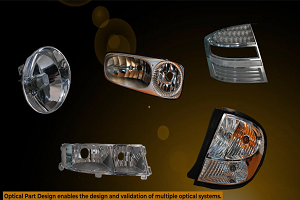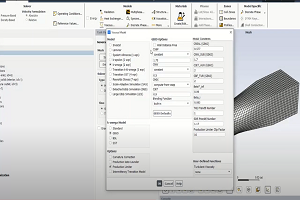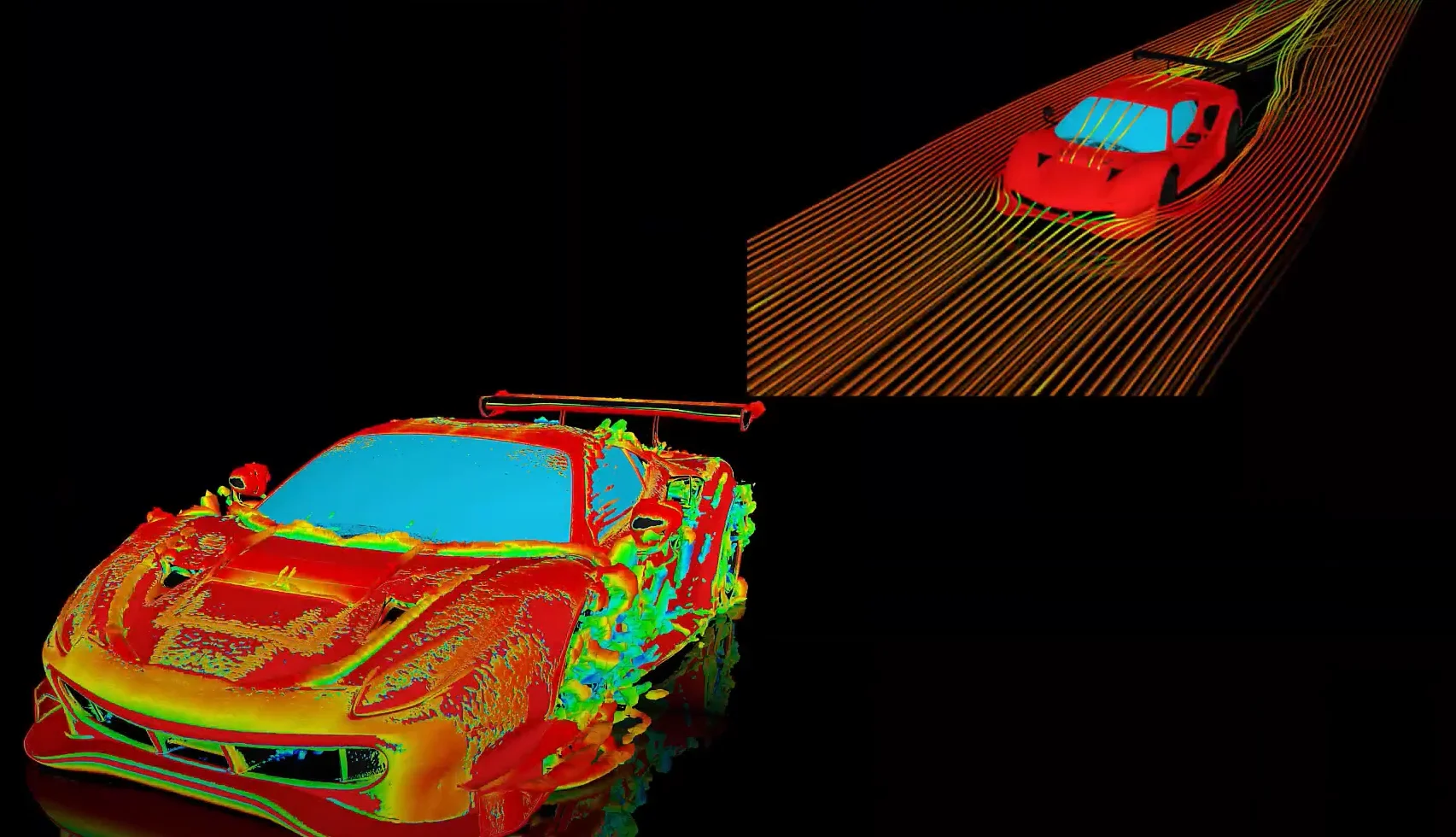-
-
May 25, 2023 at 7:30 am
 SolutionParticipant
SolutionParticipantExternal edges are frequently used in 2D and external faces are occasionally used in 3D in the definition of model excitations and boundary conditions. For this reason, a quick selection method especially in geometrically complicated cases may speed up the application of boundary conditions. Maxwell usually uses a vacuum or air region encompassing the project objects. Boundary conditions are usually applied on external boundaries of this object and faces touching these boundaries. Note that Maxwell automatically applies a default boundary condition in 3D which is sufficient in many cases as long as the boundary is sufficiently far to allow for fringing flux. One option for selecting all edges is to select the outer domain object, and then use the menu Edit > Select > All Object Edges. This will select all the object edges in one command. You can then deselect individual edges one at a time by clicking them in Edge selection mode (details on selection mode below). The quickest graphical selection method consists of two steps. First step is making visible the required project objects only. Second step lies in the selection on this subset by dragging a rubber box over them. Please refer to the document for an explanation of the procedure. Keywords: Maxwell, Selection, External edges, External faces, Boundary conditions, ANSYS Electronics Desktop
Attachments:
1. EM_FAQ_How_to_quickly_select_edges_of_solving_domain_boundary.pdf
-


Introducing Ansys Electronics Desktop on Ansys Cloud
The Watch & Learn video article provides an overview of cloud computing from Electronics Desktop and details the product licenses and subscriptions to ANSYS Cloud Service that are...

How to Create a Reflector for a Center High-Mounted Stop Lamp (CHMSL)
This video article demonstrates how to create a reflector for a center high-mounted stop lamp. Optical Part design in Ansys SPEOS enables the design and validation of multiple...

Introducing the GEKO Turbulence Model in Ansys Fluent
The GEKO (GEneralized K-Omega) turbulence model offers a flexible, robust, general-purpose approach to RANS turbulence modeling. Introducing 2 videos: Part 1 provides background information on the model and a...

Postprocessing on Ansys EnSight
This video demonstrates exporting data from Fluent in EnSight Case Gold format, and it reviews the basic postprocessing capabilities of EnSight.

- How do I calculate inductance and resistance of a coil in post-processing phase?
- How to import/export an Ansys Maxwell model in Workbench?
- How to enable GPU acceleration in Electronics Desktop?
- How to fix messed up Windows layout?
- How to create and manage a queue of simulations?
- What are the available boundary conditions in Maxwell?
- Electric Motor Design Using Ansys Motor-CAD – Part 1
- Are solid losses and eddy losses the same in Maxwell?
- How to calculate capacitance and inductance in Maxwell Transient solver?
- How to perform a material sweep?

© 2025 Copyright ANSYS, Inc. All rights reserved.


